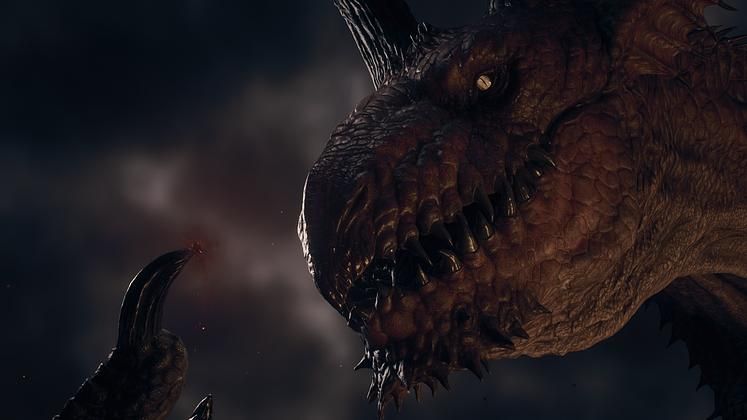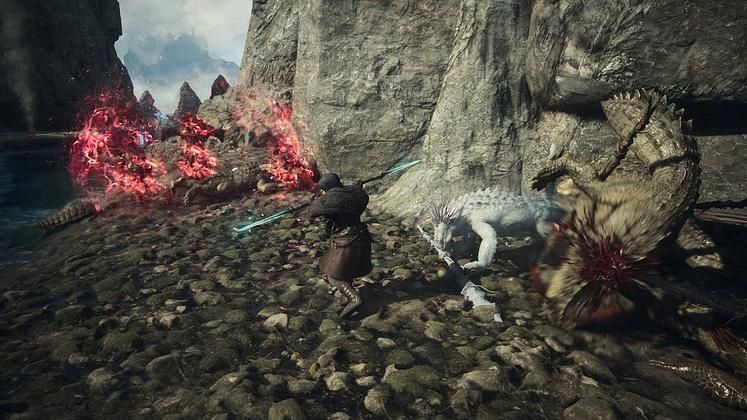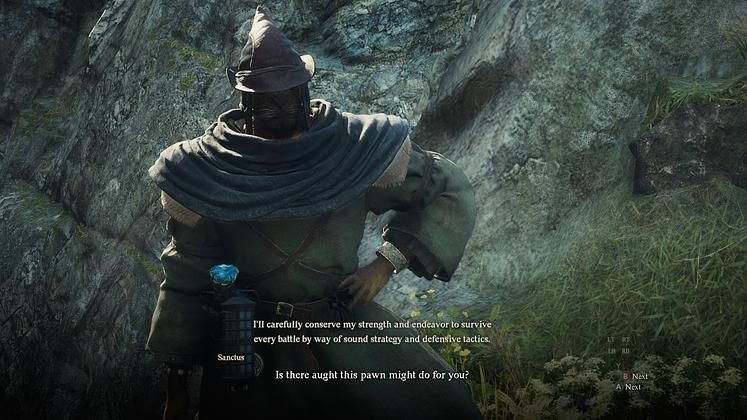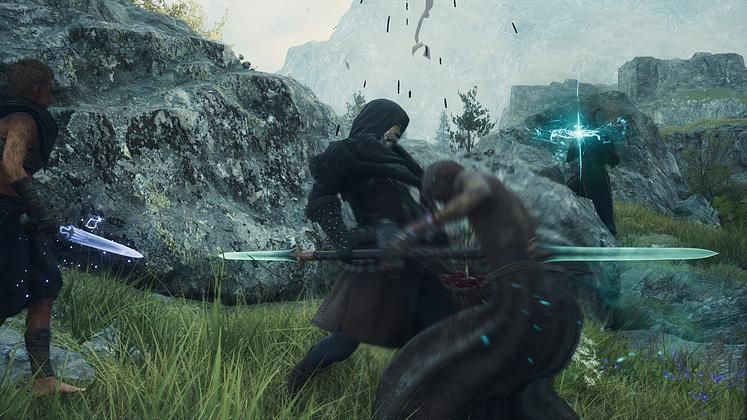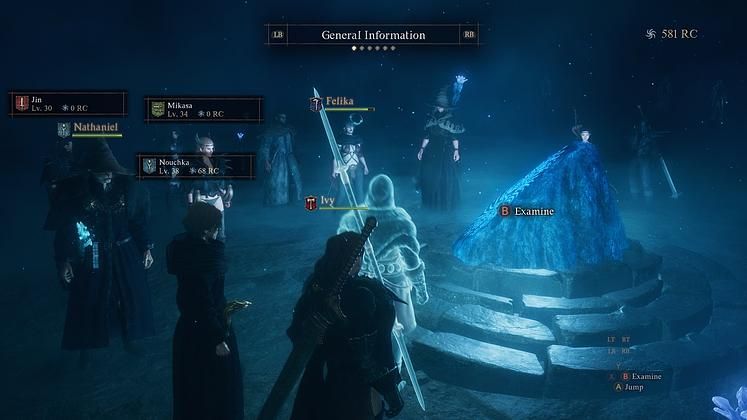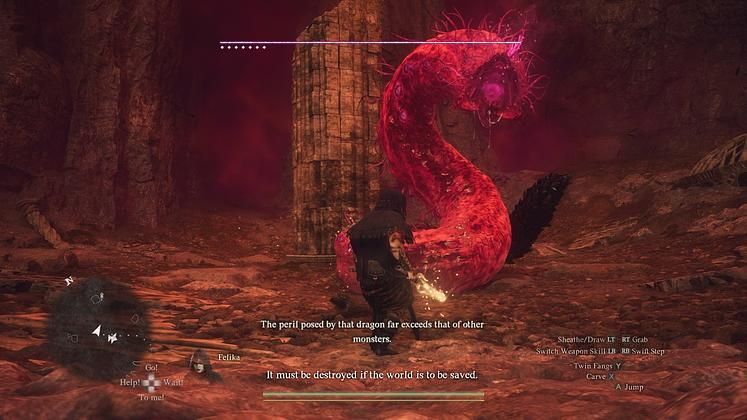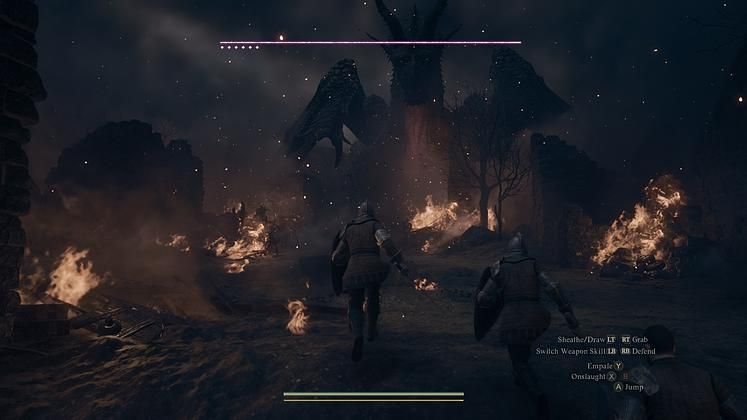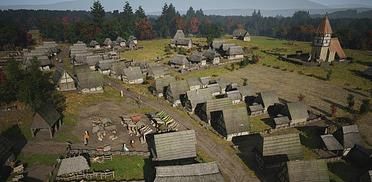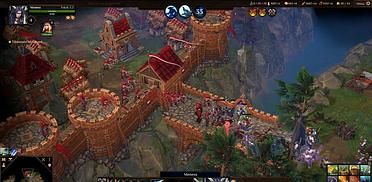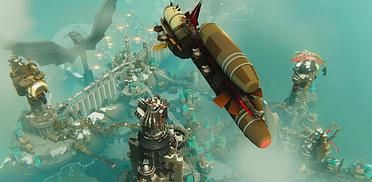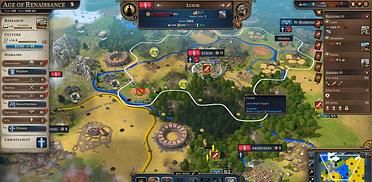Dragon's Dogma 2 Review
A new adventure for the brave and, above all, the curious
Dragon’s Dogma’s road to mainstream success has been a bumpy one. First released in May 2012, it had to fight renewed open-world action RPG expectations after Dark Souls and The Elder Scrolls V: Skyrim turned that part of the video game industry upside down and irreversibly redefined that breed of role-playing (each creating an entirely different subgenre) for years to come. Dragon’s Dogma 2 has learned from the competition as well as its predecessor, but remains committed to a unique creative vision, and that’s what ultimately elevates it.
Dragon’s Dogma 2 is a tough game to review. It’s not very complex, and draws plenty of inspiration from several well-known places, yet it marches to the beat of its own drum, much like the original. The tech advancements, bigger budget, and more relaxed development process (the first one faced many issues on its way to shelves) are apparent from the get-go, but the more you dig into it, the clearer its self-imposed limitations are.
Perhaps ‘limitations’ isn’t the right word, as our perspective has grown too accustomed to bigger-than-life sandboxes which we end up whining about in most cases. At some point, ‘RPG’ became synonymous with ‘you won’t be finishing this anytime soon’ in spite of widespread rejection of bloated structures and maps that are big only to farm player engagement as if they were part of an online game.
During its first 5 hours, Dragon’s Dogma 2 might look like yet another massive fantasy world that begs to be explored before eventually feeling like too much. But that’s not the case. Mind you, it’s not a small game by any means, and multiple runs are encouraged and built into the core experience and narrative, but its pacing and level design end up landing closer to the Gothic games than any recent mainstream hit.
Such a structure, centred on the idea of fast travel being a limited commodity, needs fun combat and organic exploration, and that’s where Dragon’s Dogma 2 shines more often. There are several opportunities for emergent narratives and unique gameplay moments thanks to the tools available, rather robust physics, and unpredictable AI and script-level interactions, the latter of which often come from the unique NPCs and the player-made pawns (companions).
Combat is once again built around the concept of vocations (aka classes), which can be used by both the player and the pawns with some exceptions, and swapped whenever you please as long as you meet the requirements. Roles in both of Dragon’s Dogma’s single-player entries (there was a Japan-only MMORPG) feel much stricter than in most RPGs, encouraging experimentation and mixing things up depending on the task at hand. For example, the Thief vocation has a handy dodge button, but don’t expect to have it as a Warrior, who instead can hit hard but should position themselves carefully and play with timings in order not to get crushed.
Perhaps Dragon’s Dogma 2 is even easier to pick up and have a blast with than its predecessor, as the UI and controls have been greatly refined without sacrificing the game’s distinct approach to party/item management nor the Devil May Cry ‘lite’ type of combat (director Hideaki Itsuno and his team have worked in both series). However, Magic-based vocations feel more pawn-friendly than player-centric, maybe because they’re much slower to use. But this may also be a positive for some players. In fact, there’s even a player-only vocation called Trickster that can’t damage on their own at all, instead relying on boosting party members’ capabilities and deceiving enemies.
In many aspects, the pawns are the heart and soul of the game (something that, without getting into spoilers, kind of translates into the actual story as well), learning from their interactions with the Arisen in the game’s ‘multiverse’ of sorts and often pointing us in the right direction and revealing secrets that maybe we’d overlooked while other players didn’t. The asynchronous online element of the original game was its biggest highlight, and the team has doubled down on it to carry much of the weight this time around.
The ‘less is more’ approach to world design also applies to enemies, loot, weapons, and armor sets. Again, Dragon’s Dogma 2 is far from small or even mid-sized, and you’re likely to spend dozens of hours with it on average if you vibe with its main premise, but it’s not an Elder Scrolls title, a Breath of the Wild-like, or a riff on Elden Ring. It’s not what it’s going for at all. There are plenty of foes, big and small, to take down and neat little items and equipment to collect all over the regions of Vermund and Battahl, but the average player will be able to learn most of the game – while still being surprised from time to time – over a single playthrough that doesn’t rush through the story. As replayable as it can be, Dragon’s Dogma 2 is no bottomless pit like many of its peers. From that perspective, it does feel a bit like the earlier Dark Souls games. As in, it’s not terribly hard to master and memorise.
Not as positive are my feelings about the scattered storytelling efforts, which still come across as lacklustre and little more than an excuse to smoothly guide players forward in their discovery of the world in spite of a handful of reasonably well-presented cutscenes that feel like outliers. Dragon’s Dogma 2 is a rather frontloaded game, and you’re likely to stop caring about what’s going on (and why it’s happening) by the time you’re told to reach the second capital city (more like a town) in the game. Don’t blame yourself, as the game also does stop caring about the main narrative around that point, with major plot elements floating away with Battahl’s winds and the script awkwardly lurching towards a conclusion that comes out of nowhere.
If you’re a curious one (or look up a guide), however, you’ll strive to achieve the ‘true ending’ and will enter a post-game section that opens up the world in surprising (and probably divisive) ways and arguably tells a far more interesting tale than anything before it. I’m down for anything that breaks the AAA mold even if the segment has some brutal quirks, but I can see many players outright rejecting it or finding it too baffling and weird of a conclusion. Whether you jump into that chunk of the game or not, Dragon’s Dogma 2 does encourage more playthroughs thanks to New Game Plus, but the omission of enemy scaling ‘a la Souls’ is strange and means you’ll be melting anything in your way sooner rather than later (perhaps even before the credits roll once).
Much of what’s been said here, positive or negative, is purely subjective, and I wanted to highlight how much of its own thing Dragon’s Dogma 2 is doing while also stating that its traditional narrative shortcomings are hard to excuse. On the other hand, there’s the objective problem of extremely poor performance (despite the stunning output of past RE Engine-powered games) the game suffers from due to (a lack of proper) CPU optimization across all platforms. Also, while it’s a reasonably good-looking modern title, several exclusive graphical features on PC that were proudly advertised are, to this day, nowhere to be found or straight-up don’t work as they should.
In summary, Dragon’s Dogma 2 is a remarkable action RPG that makes an impression by remaining loyal to the original, unfinished vision for the series and building upon it. Amidst a sea of much larger and open-ended fantasy worlds, its take on the formula can be familiar, but it enchants by rejecting many modern conventions and adopting a retro- like sensibility that’s not very common nowadays in the AAA space. Just don’t go into it looking for a well-told, memorable story or remarkable characters, and buckle up for performance-related turbulences, at least until solid patches arrive.
DRAGON'S DOGMA 2 VERDICT
Dragon’s Dogma 2 is as much of an odd RPG as its predecessor and makes little to no concessions, leveraging its many strengths and unique traits to make up for the half-baked bits.
TOP GAME MOMENT
Riding a fleeing griffin to discover an entirely new area.
Good vs Bad
- Top-of-the-class action-RPG combat and classes
- Emergent gameplay and narratives abound
- Amplified pawn system which encourages experimentation
- Quality-over-quantity approach to loot and equipment
- The contained map size and its design philosophy feel refreshing
- Bold post-game which encourages multiple playthroughs and ups the stakes
- The main story is poorly told and awkwardly paced
- Egregious optimisation issues
